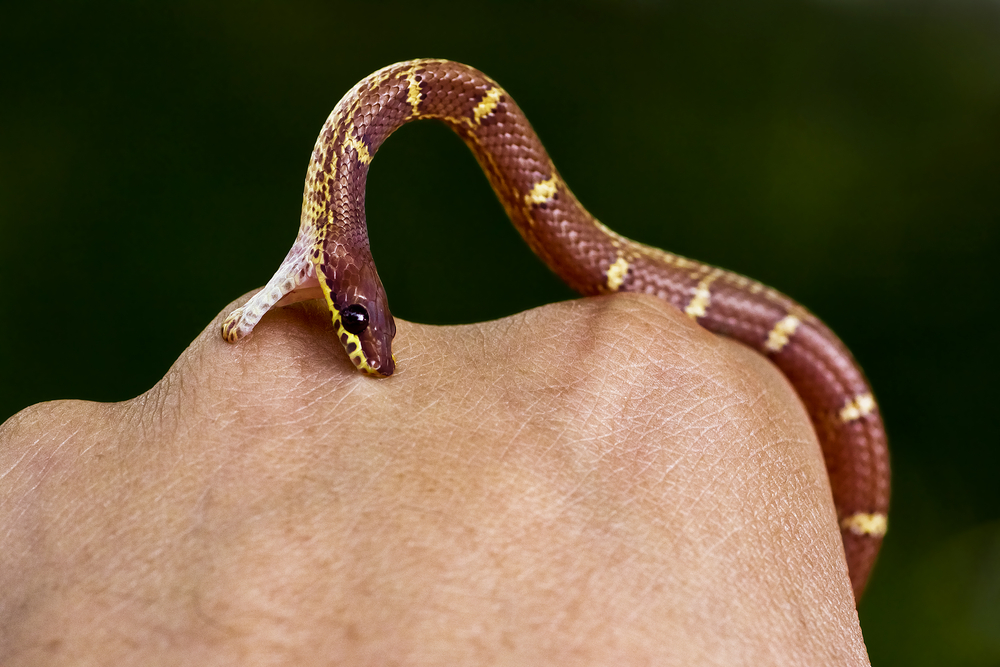
SNAKE BITES
Normally, snakes are the one afraid with people. Snake bites in order for them to protect themselves when they feel they are in sort of danger.
You can keep yourself safe when you encounter a snake if:
- Snakes will usually try to get out of your way if you let them know you are coming (you could try making thumping noises with your feet). The snake will be able to feel the vibration that thumping feet cause.
- Do not try to touch or kill snakes that you see in the bush or around the house.
- Wear shoes that cover your feet (eg joggers or boots) and long pants when walking through grass or the bush.
- Do not put your hand into hollow logs or into spaces under stones where a snake might be hiding.
- If you see a snake, stay away from it.
What to do for snake bites
If a snake bites you or your friend, then you will need to know what to do.
- Be prepared- Make sure that you carry a roll of crepe bandage or a scarf with you when you go for a walk through the bush or long grass. Taking a mobile phone can also be very useful, as you can call for help if you need it.
- First aid- Snake venom travels slowly through the body and first aid treatment is to try to slow this down even more until help arrives. If your phone works, ask for the ambulance service. They will be able to tell you what to do if you don’t remember it all. They will also be able to start getting help to you.
What to do as a first aid
- Wrap a bandage firmly around the place where the bite is. This should not be so tight that the blood supply is cut off. If the bandage hurts it is too tight.
- If the bite was on an arm or leg, wrap another bandage over as much of the limb as possible starting from the fingers or toes.
- Do not take these bandages off – the doctor will take them off when there is special care available, like in a hospital emergency department.
- Stop the person from using the arm or leg by putting on a splint (this can be a long stick).
- Keep the injured person still. Do not let the person walk to get to help, bring help to the person, or carry the person to help.
- Try to keep the person calm. Poison spreads faster if the heart beats faster.
What you should NOT do
- Do not wait to see if the bite causes any problems, always treat it straight away.
- Do not cut, wash or suck the bite. Ignore all those old cowboy movies where the hero sucked out the poison!
- Do not use ice on the bite. It will not be helpful.
- Do not try to catch the snake. Other people might get bitten too.
- Do not waste time trying to identify the snake; even experts have trouble working out what snake it is and whether it might be poisonous. Get help. The faster the better.
- If you need to go somewhere to get help, either leave the person where he/she is with at least one other person, and send off two or more others to get help (remember bush walking safety rules, always walk in groups of two or more)
- If there are at least two other people, you could try to carry the person to where help is.
- Don’t let the bitten person walk.
